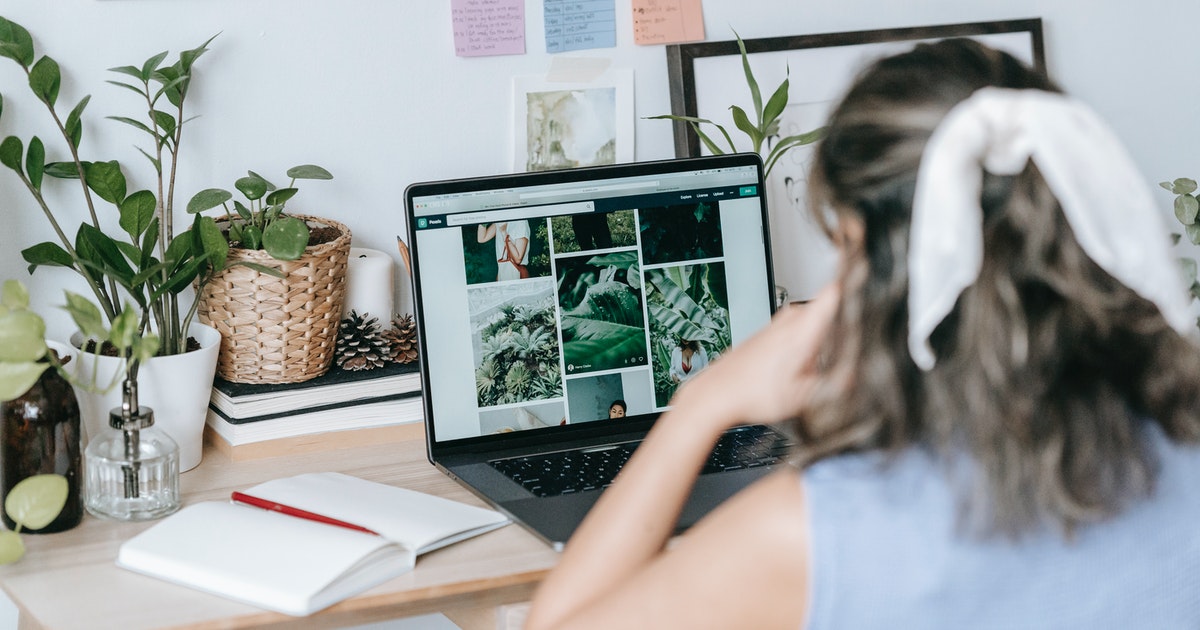Did you know that the average person has 2000 photos in their smartphone’s gallery? Luckily, with the help of technology, most people are storing these photos digitally. Converting your photo collection from paper to digital makes storage much easier.

But with so many photos, it’s easy to forget about them over time. Now’s the perfect time to revisit your photo library and make a copy for yourself.
Not sure where to begin? Here are a few tips for converting your digital photos.
- Utilizing Software to Easily Convert Your Photos
Before converting your photographs it is important to consider a few tips. Make sure you are using the latest version of the software, and select the correct photo format for the output. Also, set the resolution correctly, and always make a copy of the original file.
Utilizing the latest software version allows for up-to-date features and compatibility options. This includes cropping, resizing, and resolution manipulation. This software will also provide quality support for programming. It helps in understanding the different processes of photoconversion.
- Outlining the Different Types of File Formats
Outlining the different types of file formats when converting your digital photos is a critical aspect of optimal photo-viewing quality. The two main types of file formats used for digital photos are JPEG and RAW. JPEG photos are able to be viewed almost anywhere and take up less storage.
RAW images take up more storage but are known for better quality. Some tips for converting your digital photos are to use the right resolution for the job and to keep the original photo’s quality. Also, only convert to uncompressed file formats, such as PNG to SVG format.
- Knowing How to Optimize Quality and Size
When converting digital photos, the key is to know how to optimize the quality and size. Begin by ensuring the photo is correctly cropped and sized. This will help to enhance the overall quality of the picture and minimize pixelation.
If you want to increase the size of the photo, it’s important to select a resolution that’s appropriate for the print format, especially when creating Framed Canvas Photo Prints for Wall Art. You can also consider the use of photo editing software to enhance color, contrast, and image sharpness.
- Storing Your Photos for Maximum Preservation
When it comes to storing your photos for maximum preservation, taking the necessary steps to convert your digital photos to tangible form is an essential practice.
Scan at a high resolution and save onto a USB drive or a cloud service like Google Drive or Dropbox. Also, create multiple copies of your photos for extra backup. You can also print them out and store them in clean and dry envelopes or folders.
- Understanding Metadata and Its Impact on Photos
When converting digital photos, understanding metadata and its impact is essential for producing the best possible results. Metadata stores important information about a photo including the date, time, cropping sizes, and other details.
It’s best to use metadata as a source of information, not as a way to modify content.
Tips for Converting Your Digital Photos

Overall, following these tips are a great way to ensure your digital photos look the best they can. Think about creating an organization system and having a backup of all photos too.
Finally, be sure to use a high-quality digital photo converter to convert your photos, as it’s the best way to save your memories. Don’t wait – get started with the perfect conversion process today!
For more informative topics, check out the rest of our site.
